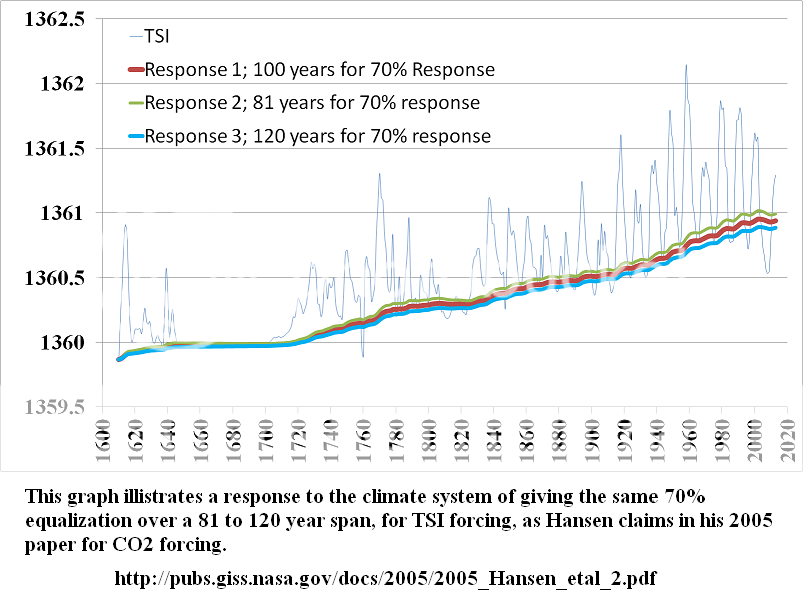- Joined
- Jun 23, 2005
- Messages
- 32,438
- Reaction score
- 22,670
- Gender
- Male
- Political Leaning
- Moderate
[h=3]Record heat despite a cold sun[/h]Filed under:
— stefan @ 14 November 2016
Global temperature goes from heat record to heat record, yet the sun is at its dimmest for half a century.
For a while, 2010 was the hottest year on record globally. But then it got overtopped by 2014. And 2014 was beaten again by 2015. And now 2016 is so warm that it is certain to be once again a record year. Three record years in a row – that is unprecedented even in all those decades of global warming.
Strangely, one aspect of this gets barely mentioned: all those heat records occur despite a cold sun (Figs. 1 and 2). The last solar minimum (2008-2010) was the lowest since at least 1950, while the last solar maximum (2013-2015) can hardly be described as such. This is shown, among others, by the sunspot data (Fig. 1) as well as measurements of the solar luminosity from satellites (Fig. 2). Other indicators of solar activity indicate cooling as well (Lockwood and Fröhlich, Proc. Royal Society 2007).

Fig. 1 Time evolution of global temperature, CO2 concentration and solar activity. Temperature and CO2 are scaled relative to each other according to the physically expected CO2 effect on climate (i.e. the best estimate of transient climate sensitivity). The amplitude of the solar curve is scaled to correspond to the observed correlation of solar and temperature data. (Details areexplained here.) You can generate and adapt this graph to your taste here, where you can also copy a code with which the graph can be embedded as a widget on your own website (as on my home page). Thus it will be automatically updated each year with the latest data. Thanks to our reader Bernd Herd who programmed this.
Read more here:http://www.realclimate.org/index.php/archives/2016/11/record-heat-despite-a-cold-sun/#more-19702



